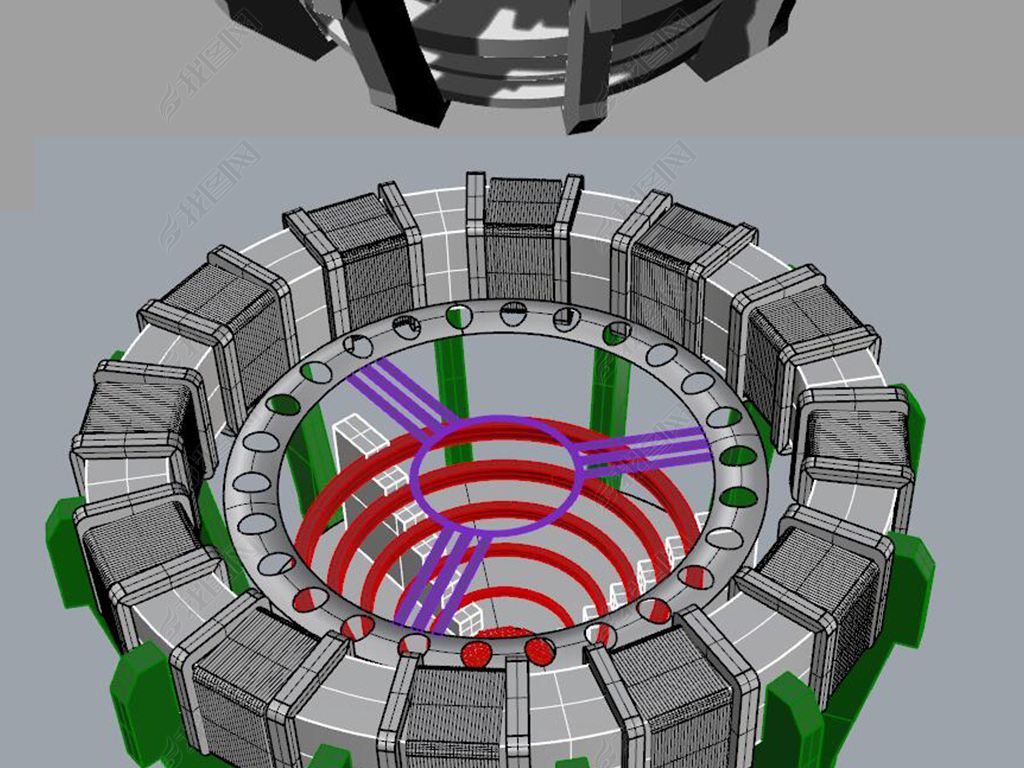创新背景
虽然智能手机的无线充电板已经存在,但它们只有在手机静止不动的情况下才能工作。对于汽车来说,这和目前在充电站充电一两个小时的做法一样不方便。
几年前,斯坦福大学电气工程师们建立了第一个可以无线给运动中的物体充电的系统。然而,这项技术效率太低,无法在实验室之外发挥作用。
创新过程
研究人员开发了一种新方法:利用磁力无线传输电能,为电动汽车、机器人甚至无人机充电。这项技术可以扩大规模,为在高速公路上行驶的电动汽车、在工厂车间工作的机器人和在屋顶盘旋的无人机提供动力。
无线充电器通过产生一个以一定频率振荡的磁场来传输电能,该磁场在接收设备上的磁线圈中产生共振振动。问题是,如果源和接收器之间的距离发生哪怕很小的变化,谐振频率也会发生变化。

研究人员将放大器和反馈电阻结合起来,使系统能够随着充电器和移动物体之间的距离变化而自动调整其工作频率。但最初的系统不够有效,无法实际应用。放大器内部需要大量的电力来产生所需的放大效果,因此系统只传输了流经系统的10%的功率。
在新的研究中,研究人员可将该系统的无线传输效率提高到92%。关键是使用一个效率高得多的“开关模式”放大器取代原来的放大器。这种放大器并不少见,但它们很挑剔,只能在非常精确的条件下产生高效率的放大。为了设计出一个可行的电路配置,他们花了数年的时间进行修补和额外的理论工作。

新的实验室原型机可以无线传输10瓦的电力,传输距离可达2到3英尺。扩大一个传输汽车所需的数十或数百千瓦电力的系统的规模,不存在任何根本障碍。该系统的速度足以为高速行驶的汽车提供补给。无线传输只需要几毫秒的时间——与一辆以每小时70英里的速度行驶的汽车通过一个4英尺高的充电区所需时间的很小一部分。唯一的限制因素将是汽车电池吸收所有电力的速度。
虽然无线充电器嵌入高速公路还需要很多年的时间,但机器人甚至无人机的机会已经迫在眉睫。将充电器安装在地板或屋顶上的成本要比安装在漫长的高速公路上低得多。
创新关键点
无线充电器通过产生一个以一定频率振荡的磁场来传输电能,该磁场在接收设备上的磁线圈中产生共振振动。关键是使用一个效率高得多的“开关模式”放大器取代原来的放大器,只能在非常精确的条件下产生高效率的放大。
创新价值
斯坦福大学的工程师们在实现电动汽车充电的可行性方面迈出了一大步,因为电动汽车在未来的高速公路上行驶时可以无线为汽车“充电”。在不久的将来,当机器人在仓库和工厂车间里移动时,该系统可能很快就能实现无线充电——消除停机时间,使机器人几乎全天候工作。
在未来,一架无人机或许可以通过偶尔俯冲下来,在屋顶附近盘旋快速充电,从而飞行一整天。
Innovative use of magnetic "wireless transmission" of electricity to achieve wireless charging
Researchers have developed a new way to use magnetic forces to wirelessly transmit electricity to charge electric cars, robots and even drones. The technology could be scaled up to power electric cars driving on highways, robots working on factory floors and drones hovering on rooftops.
Wireless chargers transmit electricity by generating a magnetic field that oscillates at a certain frequency, which creates resonant vibrations in a magnetic coil on the receiving device. The problem is that if the distance between the source and the receiver changes even slightly, the resonant frequency will change.
The researchers combined amplifiers and feedback resistors to allow the system to automatically adjust its operating frequency as the distance between the charger and the moving object changes. But the original system was not effective enough for practical use. A lot of power is needed inside the amplifier to produce the desired amplification effect, so the system transmits only 10% of the power that flows through the system.
In the new study, the researchers were able to increase the system's wireless transmission efficiency to 92 percent. The key is to replace the original amplifier with a much more efficient "switch mode" amplifier. Such amplifiers are not uncommon, but they are finicky and can only produce high efficiency amplification under very precise conditions. It took years of tinkering and additional theoretical work to come up with a workable circuit configuration.
The new lab prototype can wirelessly transmit 10 watts of power over a distance of two to three feet. There are no fundamental obstacles to scaling up a system that transmits the tens or hundreds of kilowatts of power needed for cars. The system is fast enough to resupply a speeding car. The wireless transmission takes just a few milliseconds -- a tiny fraction of the time it would take for a car traveling at 70 miles per hour to cross a 4-foot charging area. The only limiting factor will be the speed at which the car's battery can absorb all the electricity.
While wireless chargers are still many years away from being embedded on highways, the opportunity for robots and even drones is imminent. The cost of installing a charger on the floor or roof is much lower than installing it on a long highway.
智能推荐
太赫兹技术创新思维 | 创新开发低成本新型“相机”可高灵敏度地检测太赫兹脉冲
2022-11-07研究人员开发了一种新型“相机”,可以在室温和高压下快速、高灵敏度地检测太赫兹脉冲。
涉及学科涉及领域研究方向传感器技术创新思维 | 创新开发新型“多模态传感器口罩”可与脸部更好贴合
2022-10-25麻省理工学院开发了一种新型传感器可以更容易地确保口罩良好的贴合度。
涉及学科涉及领域研究方向传感器技术创新思维 | 创新利用乙烯切割机制造可穿戴传感器
2022-11-09加州大学伯克利分校的工程师开发了一种制造可穿戴传感器的新技术,使医学研究人员能够以比现有方法更快的速度和更低的成本对新设计进行原型测试。
涉及学科涉及领域研究方向激光技术创新思维 | 创新利用二氧化硅纤维开发“自冷却激光器”
2022-10-24斯坦福大学的研究人员开发了第一根由二氧化硅制成的自冷却光纤,用于激光应用,并迅速将其开发成激光放大器。
涉及学科涉及领域研究方向